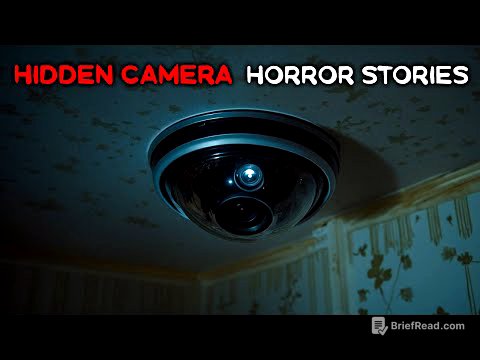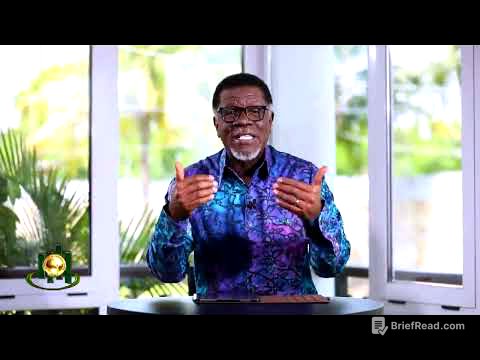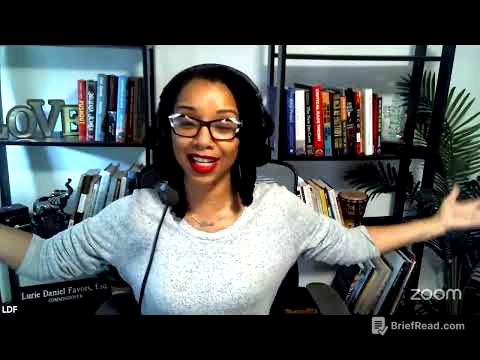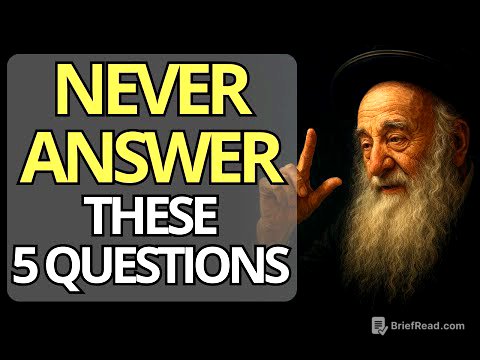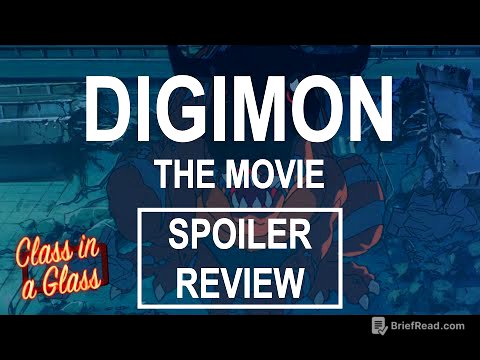TLDR;
This video explains the three phases of pre-foreclosure and how to approach them as a wholesaler. It emphasizes the importance of understanding the timeline and the seller's mindset in each phase to effectively target and close deals. The key takeaways include focusing on the first 30 days after the initial notice and the final 30 days before the auction, tailoring your approach to the seller's emotional state, and being persistent in your follow-up.
- Focus on the first 30 days after the initial notice and the final 30 days before the auction.
- Tailor your approach to the seller's emotional state.
- Be persistent in your follow-up.
Intro [0:01]
The video introduces the concept of targeting pre-foreclosure properties for wholesale deals, highlighting that the majority of opportunities lie in the first and third phases of the foreclosure process. It dispels the myth that properties with equity are not viable for wholesale, emphasizing that the seller's distress and need for a quick solution are more critical factors.
Three Phases of Pre-Foreclosure [0:32]
The pre-foreclosure process is divided into three phases. Phase one begins when the homeowner receives the initial letter notifying them of late payments, which becomes public record. Phase two is the "ostrich phase," where homeowners often ignore the problem. Phase three occurs closer to the auction date, when homeowners realize the severity of the situation. The majority of sales happen in phase three (60%) and phase one (30%).
Phase One: The "Oh No" Phase [1:00]
In phase one, homeowners receive the initial notification and often panic. This is a crucial time to reach out through text and door-knocking. These homeowners, making up 30% of sales, are typically distressed and eager to find a solution. Equity is not a significant factor, as their immediate need to resolve the situation drives their decision-making.
Phase Two: The "Ostrich" Phase [3:13]
Phase two, lasting about 90 days, is characterized by homeowners avoiding the issue, often ignoring calls and attempts to contact them. During this phase, a gentle follow-up approach is recommended, focusing on planting seeds and offering support rather than pushing for a contract. This phase accounts for only about 10% of sales.
Phase Three: The "OMG" Phase [7:32]
Phase three is when homeowners realize their attempts to resolve the situation have failed and become more amenable to solutions. This phase accounts for the majority (60%) of sales. The key is to offer solutions like postponing the foreclosure, which requires a committed contract. It's crucial to get the seller committed before extending the foreclosure to avoid them reverting to the "ostrich" phase.
Judicial vs. Non-Judicial States [12:04]
The timeline of these phases varies depending on whether the state is judicial or non-judicial. In non-judicial states, a trustee handles the foreclosure process, while in judicial states, the bank must go through a court. This distinction affects the speed and process of foreclosure, influencing where cash buyers are more prevalent due to capital availability.
Timelines and Public Records [19:31]
Knowing what phase a property is in involves checking public records for updates or using services like Batch Driven or ForeclosuresDaily.com. The first 30 days after the initial notice and the last 30 days before the auction are the prime times to focus on. The "scarlet letter" or notice of trustee sale posted on the property indicates the homeowner is in the final phase.
Real Deal Example [23:00]
The video shares a real example of a deal closed with a homeowner in phase one, emphasizing the importance of empathy and understanding their situation. The homeowner was embarrassed and grateful for the help, highlighting the characteristics of motivated sellers in this phase. This lead came from Batch Driven, demonstrating the effectiveness of targeting properties with recent notices of default.
Quality Over Quantity [26:14]
The video stresses that foreclosure is a unique pain point, as it directly threatens the homeowner's residence. Therefore, a smaller number of foreclosure leads can be highly valuable. It advises filtering leads for those with equity, built before 1990, and owned for at least seven years to increase the likelihood of a successful deal. The key is to break the barrier of communication through door-knocking, texting, or other means.

